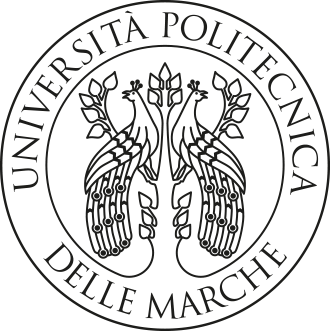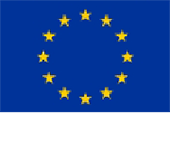www.univpm.it, www.simau.univpm.it
The Università Politecnica delle Marche (UNIVPM) was established in 1971 as Università di Ancona and in 2003 has changed its name in Università Politecnica delle Marche to stress its scientific and technological mission and vision. UNIVPM has about 17000 students and include five faculties of Engineering, with more than 7200 students, Medicine and Surgery, Economics, Science and Agriculture, which permanently employ about 700 academics and 650 technical/administration staff. UNIVPM is very active and performant in the European R&D&I and is currently coordinating 2 and managing further 11 Horizon2020 projects, mainly in the area of engineering and life science. Three Doctoral Schools (Engineering, Agriculture and Economics) support doctoral students during their research training at UNIVPM.
The Department of Material, Environmental and City Plannig Science and Engineering (SIMAU) brings together the expertize of materials and environmental engineering and has 39 research and teaching senior staff. The R&D&I activity of the SIMAU is based on large international network (e.g. coordination of the COST Action CRM-EXTREME) as well as scale-up and innovation transfer to industries, utilities and public bodies which funded the Department with several million euros over the last 5 years.
The Group of Chemical-Environmental and Sanitary Engineering was established in the 90s by prof. Paolo Battistoni and has a track record of more than 100 publications, 1.2 milion euros mainly from private funding in the last 10 years, including more than 100 research commissioned by water utilities, water industries and public authorities and that prove the high capacity of technology transfer. The main research areas of the group include: (1) control automation and energy efficiency for wastewater treatment, which has led to intermittent aeration patents applied in hundreds wastewater treatment plants in Italy; (2) resource recovery from wastewater, with major focus to phosphorus applied in full scale since 2003 in the Treviso WWTP; (3) optimization of aeration efficiency in WWTPs. The group can count on a 200 m2-large pilot/demo hall located in the municipal wastewater treatment plant of Falconara M. ma (Ancona) where advanced wastewater and sludge treatment technologies are validated in real environment.




